The new iPhone 16, 16 Plus, 16 Pro, and 16 Pro Max are worth upgrading to, but if you want more advanced features, especially for the camera, you may want to take a closer look at the iPhone 16 Pro and iPhone 16 Pro Max.
While all four 2024 iPhone models have the new Camera Control button, 48 MP Fusion cameras, spatial photo and video capture, new Photographic Styles, a stronger Ceramic Shield front, faster MagSafe charging, USB-C connectivity, and iOS 18, there are still quite a few areas where the Pro models have a leg up over the non-Pro models. Some of the features below are exclusive to the iPhone 16 Pro and 16 Pro Max, so you won't even see them on the iPhone 15 Pro or 15 Pro Max.
The Pro models may be more expensive, but there's a reason for that. Preorders began on Sept. 13, and the devices were officially released on Sept. 20. Here's what you get with the Pros that you don't get on the iPhone 16 or 16 Plus:
1. Titanium Enclosure
The chassis on the iPhone 16 Pro and 16 Pro Max models is made from aerospace-grade titanium, which is lighter and stronger than stainless steel, and a textured matte glass back. In comparison, the iPhone 16 and 16 Plus use aluminum and a color-infused glass back.
The new Pro enclosure allows for thinner borders — thinner than on any other iPhone display. Its internal structural frame is made from 100% recycled aluminum, which aids in thermal dissipation and makes it easier to replace the back glass if needed. In comparison, the iPhone 16 and 16 Plus use 85% recycled aluminum.

The Pro lineup comes in black titanium, white titanium, natural titanium, and desert titanium microblasted finishes, while the non-Pro lineup sports black, white, pink, teal, and ultramarine colors.
2. A18 Pro Chip
This year, the iPhone 16 and 16 Plus come with an A18 Bionic chip, two generations newer than the iPhone 15 and 15 Plus chip. Apple did this to account for all the extra power its Apple Intelligence tools need to work its magic. However, the iPhone 16 Pro and 16 Pro Max still have a more powerful chip: A18 Pro.
While both chips have a 6-core CPU and 16-core Neural Engine, the A18 Pro has a 6-core GPU compared to the A18 Bionic's 5-core GPU. The extra core helps provide better AI and gaming graphics.
According to Apple, the A18 Pro also has larger caches than the A18 Bionic for better performance in demanding apps and games, as well as next-generation ML accelerators for the CPU that help power Apple Intelligence. It also has an advanced display engine for ProMotion and Always-On display.

3. Lidar Scanner
The iPhone 16 Pro and 16 Pro Max have a built-in lidar scanner in the rear camera system whereas the iPhone 16 and 16 Plus do not. This continues the trend of lidar being only on Pro-model iPhones. Many camera-related benefits come with a lidar model, but you will also get better augmented reality measurements, accessibility tools, and more.
4. ProMotion Display
ProMotion display technology is available only on Pro-model iPhones, including the iPhone 16 Pro and 16 Pro Max. With ProMotion, the display dynamically adjusts the refresh rate up to 120 Hz instead of the standard 60 Hz. That means the iPhone 16 Pro and 16 Pro Max displays have smoother scrolling, better gaming performance, and improved touch responsiveness than the iPhone 16 and 16 Plus.
5. Always-on Display
Again, always-on displays are exclusive to the Pro models. With the iPhone 16 Pro and 16 Pro Max, the always-on display will dim to as low as a 1 Hz refresh rate when locked or left idle, while the iPhone 16 and 16 Plus displays will turn off completely. On the dimmed Lock Screen, you can still see things like the wallpaper, widgets, and notifications, and the display will remain on in StandBy mode instead of falling asleep.
6. USB 3 Speeds
All the new iPhone models support USB-C, but only the iPhone 16 Pro and 16 Pro Max support USB 3.2 transfer speeds of up to 10 Gb/s. You will need a USB 3 cable that supports 10 Gb/s transfers, which does not come in the box, but it's a lot better than being stuck on USB 2 speeds of up to 480 Mb/s like the iPhone 16 and 16 Plus.
7. Four Studio-Quality Mics
With the iPhone 16 Pro and 16 Pro Max, you get a studio-quality four-mic array, meaning you can record more true-to-life audio with your videos or even in your voice memos.
8. Pro Camera System
The iPhone 16 Pro and 16 Pro Max have a pro camera system, whereas the iPhone 16 and 16 Plus have an advanced dual-camera system. The most obvious difference is that the Pro models have an extra lens:
- 12 MP 5x telephoto: 120 mm, ƒ/2.8 aperture and 20° field of view, 100% Focus Pixels, seven-element lens, 3D sensor-shift optical image stabilization and autofocus, tetraprism design
The primary 48 MP Fusion camera on all four iPhone 16 models have similarities, such as the computational 12 MP 2x telephoto with 52 mm, ƒ/1.6 aperture, sensor-shift optical image stabilization, and 100% Focus Pixels, but the Pro models have the edge:
- 24 mm (vs. 26 mm)
- ƒ/1.78 aperture (vs. ƒ/1.6 aperture)
- second-generation sensor-shift optical image stabilization (vs. first generation)
The ultra-wide 48 MP camera is 13 mm with an ƒ/2.2 aperture and 120° field of view on all four iPhone models, but the Pro models have a slight edge again:
- Supports super-high-resolution 48 MP photos
- Hybrid Focus Pixels (vs. 100% Focus Pixels)
9. Apple ProRAW
The iPhone 16 Pro and 16 Pro Max support Apple ProRaw image capture, which gives you more control over editing photos, and it works on the rear camera system and front TrueDepth camera.
Apple ProRAW combines the information of a standard RAW format along with iPhone image processing, which gives you more flexibility when editing the exposure, color, and white balance in your photo.
The Pro models can capture photos in ProRAW using Smart HDR, Deep Fusion, or Night mode, but not with Live Photos or Portrait mode. ProRAW images can be edited in the Photos app or any supported third-party app. ProRAW can also be captured directly to a Mac with an app like Capture One, thanks to the Pro models' USB 3.2 transfer speeds.
10. Up to 5x Optical Zoom
The 12 MP telephoto lens on the iPhone 16 Pro and 16 Pro Max goes up to 5x optical zoom (with a 10x optical zoom range), but the iPhone 16 and 16 Plus are missing a real telephoto lens.

Instead, the camera system on the non-Pro models uses computational photography to pull a 12 MP image from the middle of the main camera's 48 MP sensor to deliver up to 2x optical zoom (with a 4x optical zoom range).

11. Up to 25x Digital Zoom
Digital zoom is also better on the Pro models. The non-Pros can only go up to 10x digital zoom for photos and 6x for video recording, whereas the Pros can go up to 25x digital zoom in both scenarios.
12. Night Mode Portraits
Thanks to the lidar system on the Pro models, you get Night mode portraits with the pro camera system using the Camera app. If your favorite shooting mode in the Camera app is Portrait, this would be one reason to pick a Pro model over the regular ones.
13. 48 MP Macro Photography
While macro photography isn't new on iPhones, the iPhone 16 Pro and 16 Pro Max make it even better with 48 MP resolution thanks to their new 48 MP ultra-wide camera. The iPhone 16 and 16 Plus are stuck with 16 MP macro shots.
14. Customizable Default Lens
Like the iPhone 15 Pro and 15 Pro Max, you can customize the default lens on the iPhone 16 Pro and 16 Pro Max when shooting the Camera app. This applies to the 48 MP primary Fusion camera.
15. Dolby Vision Video Recording Up to 120 FPS
While all the new iPhones support video recording in Dolby Vision, the Pro models support higher frame rates. All models allow 4K Dolby Vision at 24 fps, 25 fps, 30 fps, and 60 fps, but the Pro models also support 100 fps and 120 fps with the new Fusion camera. Apple claims this is "the highest resolution and frame-rate combination ever available on iPhone, and a smartphone first." For 1080p Dolby Vision, the Pro models can use 120 fps (Fusion), not just 25 fps, 30 fps, and 60 fps.
16. 4K Dolby Vision for Slow-Motion Recording
All four models can shoot slow-motion video in 1080p at 120 fps or 240 fps, but the Pros can go even further. In Slo-mo shooting mode, they can capture 4K Dolby Vision up to 120 fps with the Fusion camera. After capturing a slow-motion video, you can now adjust the playback speed between full-speed, quarter-speed, half-speed, and fifth-speed settings.

17. ProRes Video Recording
Like Apple ProRAW, Apple's ProRes video recording format is exclusive to the Pro models. ProRes gives you access to log video recording, which offers a wide dynamic and tonal range that provides more flexibility for visual effects and color grading in post-production, and the Academy Color Encoding System (ACES), a global standard for color workflows.
Unlike the iPhone 15 Pro models, the iPhone 16 Pro and 16 Pro Max can shoot up to 4K resolution at 120 fps (vs. 60 fps) with external recording.
The TrueDepth camera on the iPhone 16 Pro and 16 Pro Max also supports log video recording and ACES, as well as external recording up to 4K at 60 fps.
18. ProRes Playback and Editing
While you can only capture Apple ProRAW images using a Pro model iPhone, you can edit them on non-Pro models, too. But with ProRes, you can only view them on Pro models, so you won't be able to play them back or edit them on the iPhone 16 or 16 Plus.
19. Enhanced OIS for Video Recording
The iPhone 16 and 16 Plus have first-generation sensor-shift optical image stabilization (OIS) for video recording with the Fusion camera, but the iPhone 16 Pro and 16 Pro Max use the second-generation sensor-shift OIS with the Fusion camera. The Pros also use 3D sensor-shift optical image stabilization and autofocus for video with the telephoto camera.
20. Optical Zoom for Video Calling
If you use FaceTime a lot, you might be interested to know that the iPhone 16 Pro and 16 Pro Max support optical zoom with the rear-facing camera system when making FaceTime video calls. The iPhone 16 and 16 Plus get zoom, just not optical.
21. Precision Dual-Frequency GPS and NavIC
The 2024 iPhone lineup supports GPS, GLONASS, Galileo, QZSS, and BeiDou for location services. However, the iPhone 16 Pro and 16 Pro Max also support NavIC, or the Indian Regional Navigation Satellite System. The Pro models also come with precision dual-frequency GPS, which uses two separate GPS bands simultaneously. This provides better accuracy and improved indoor guidance.
Images via Apple









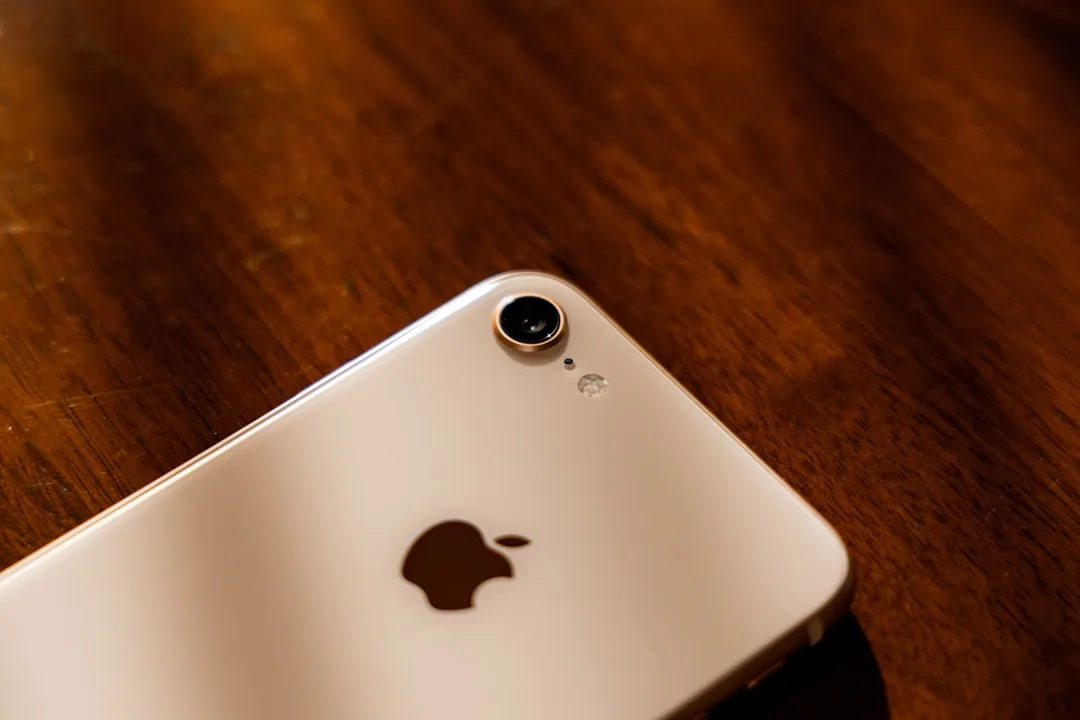
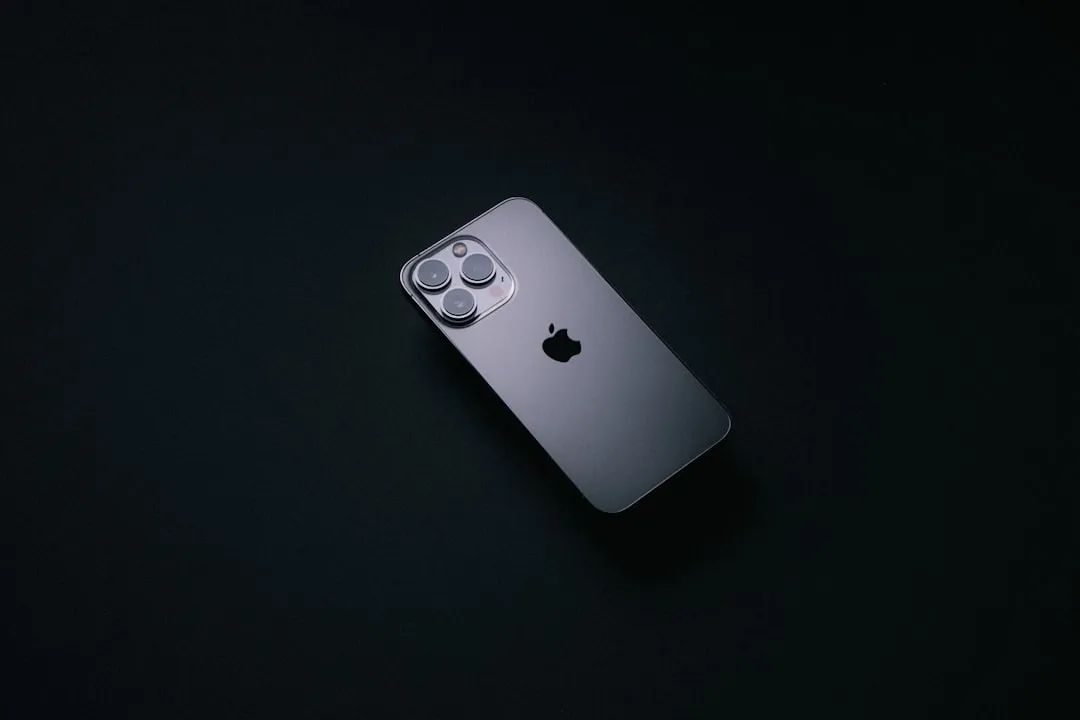
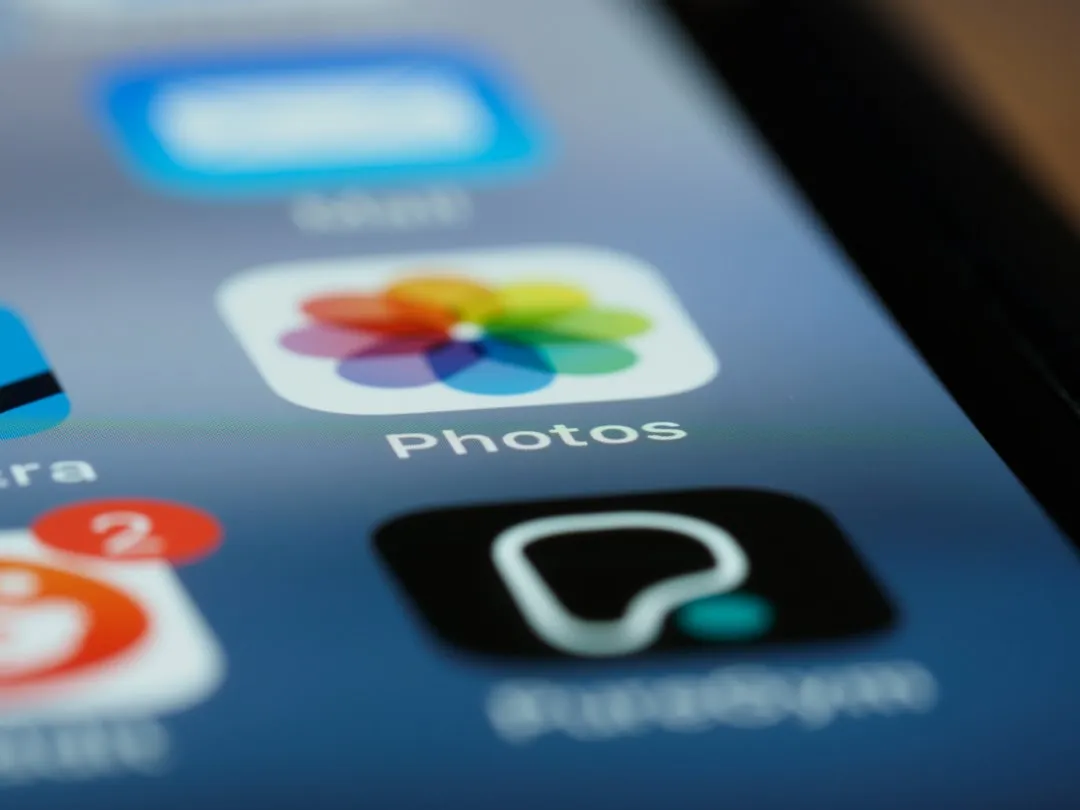



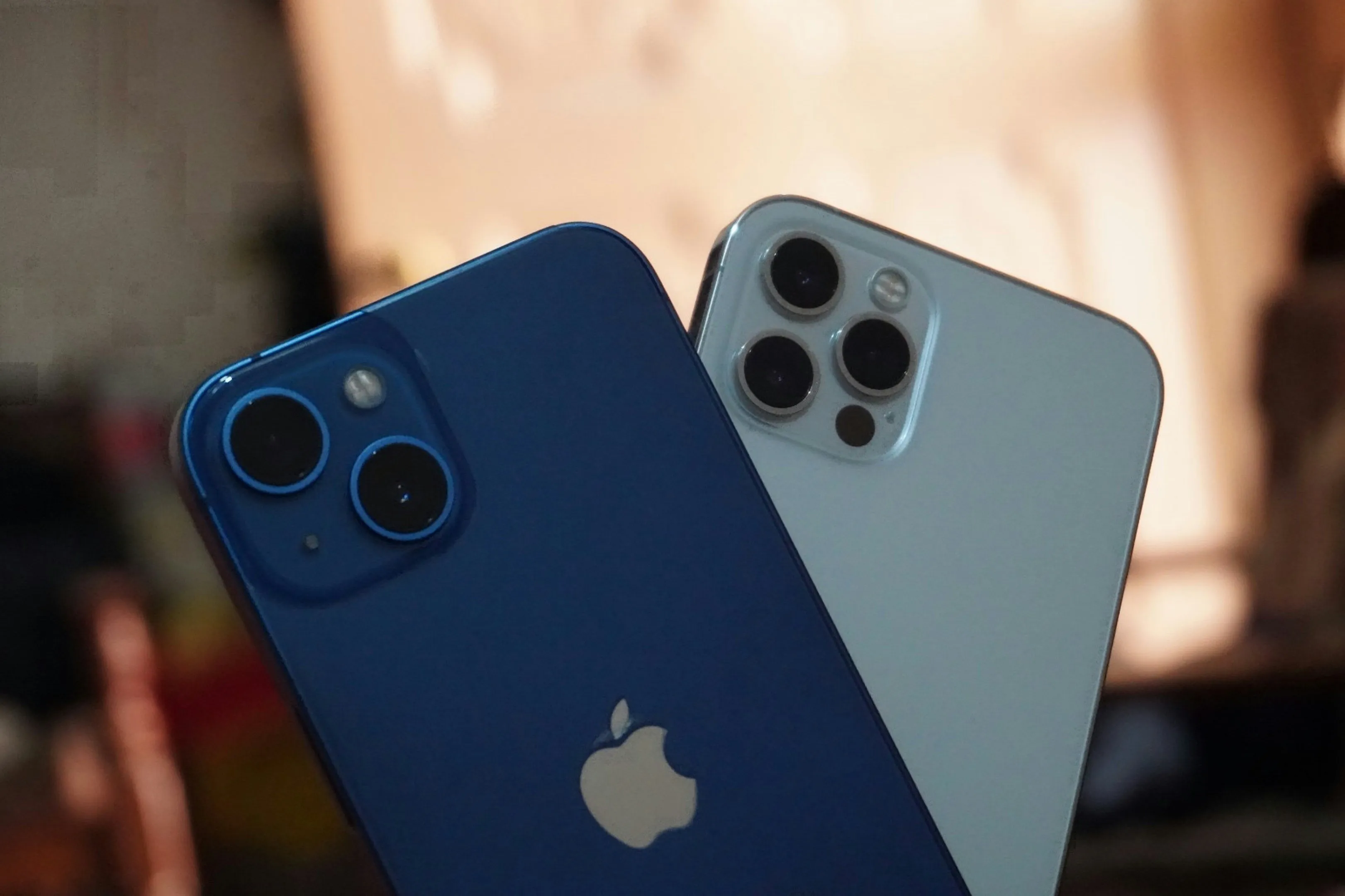
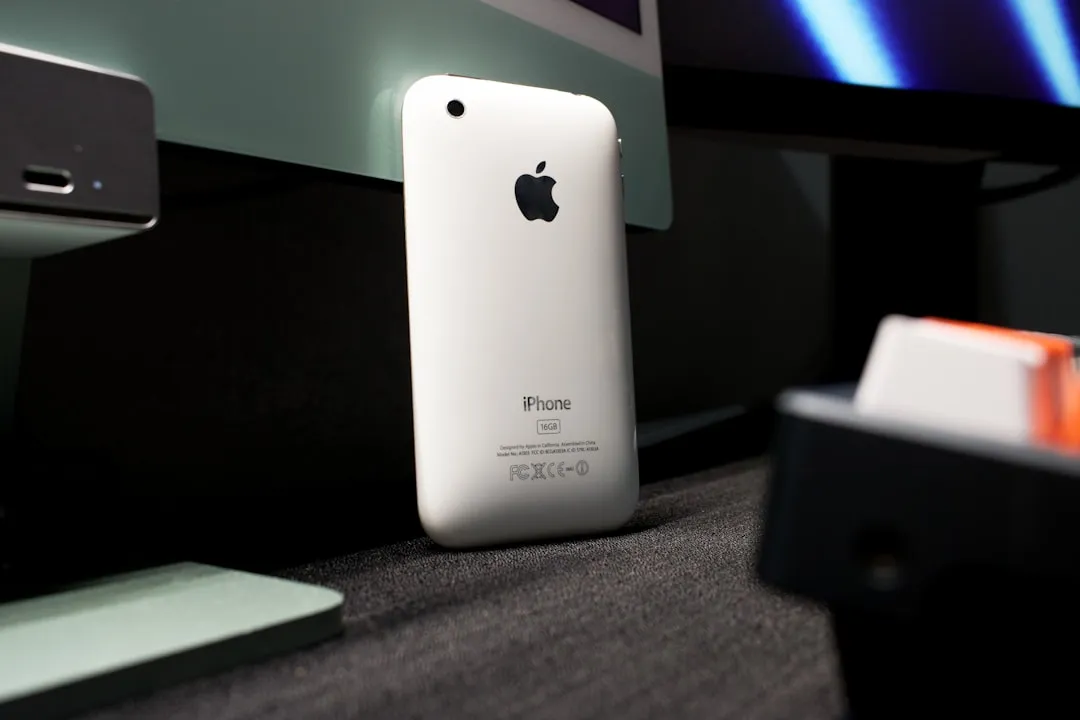
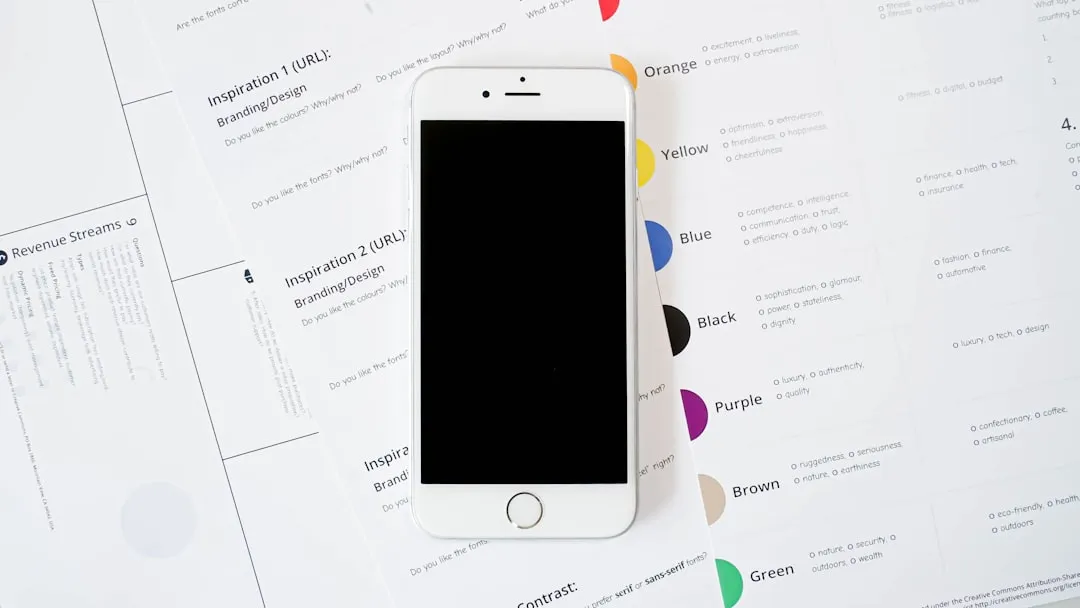
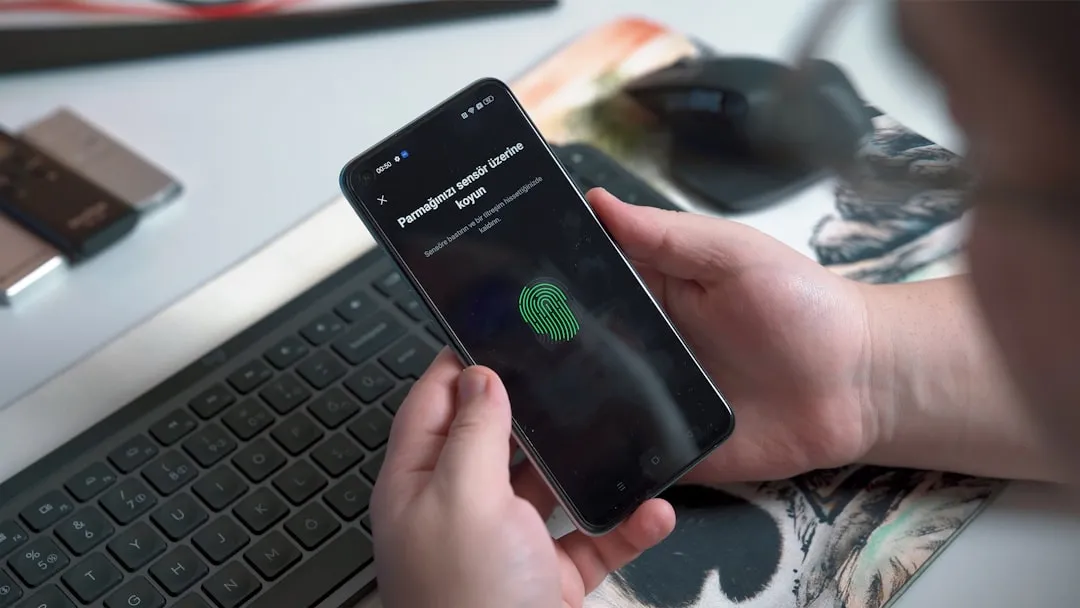
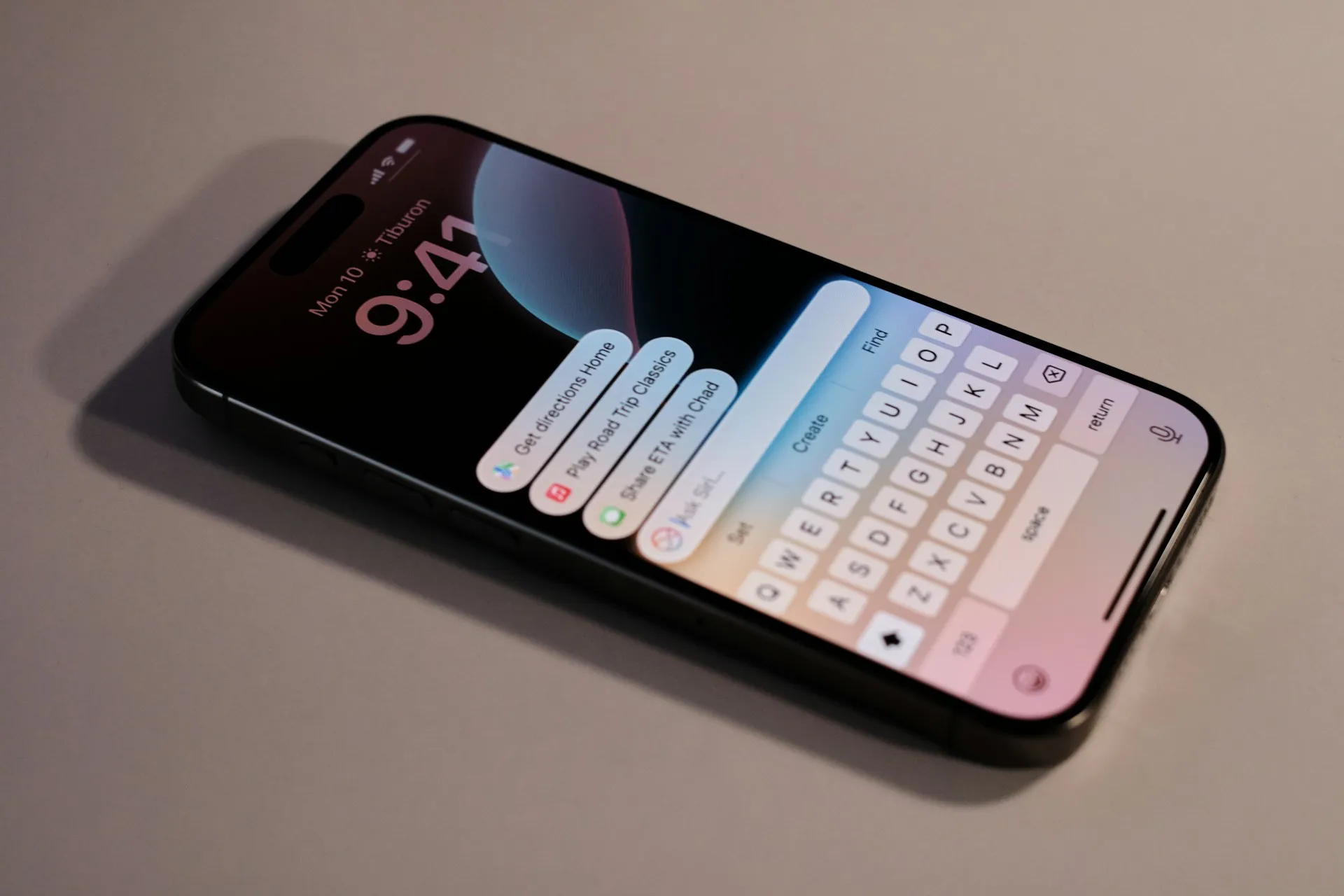


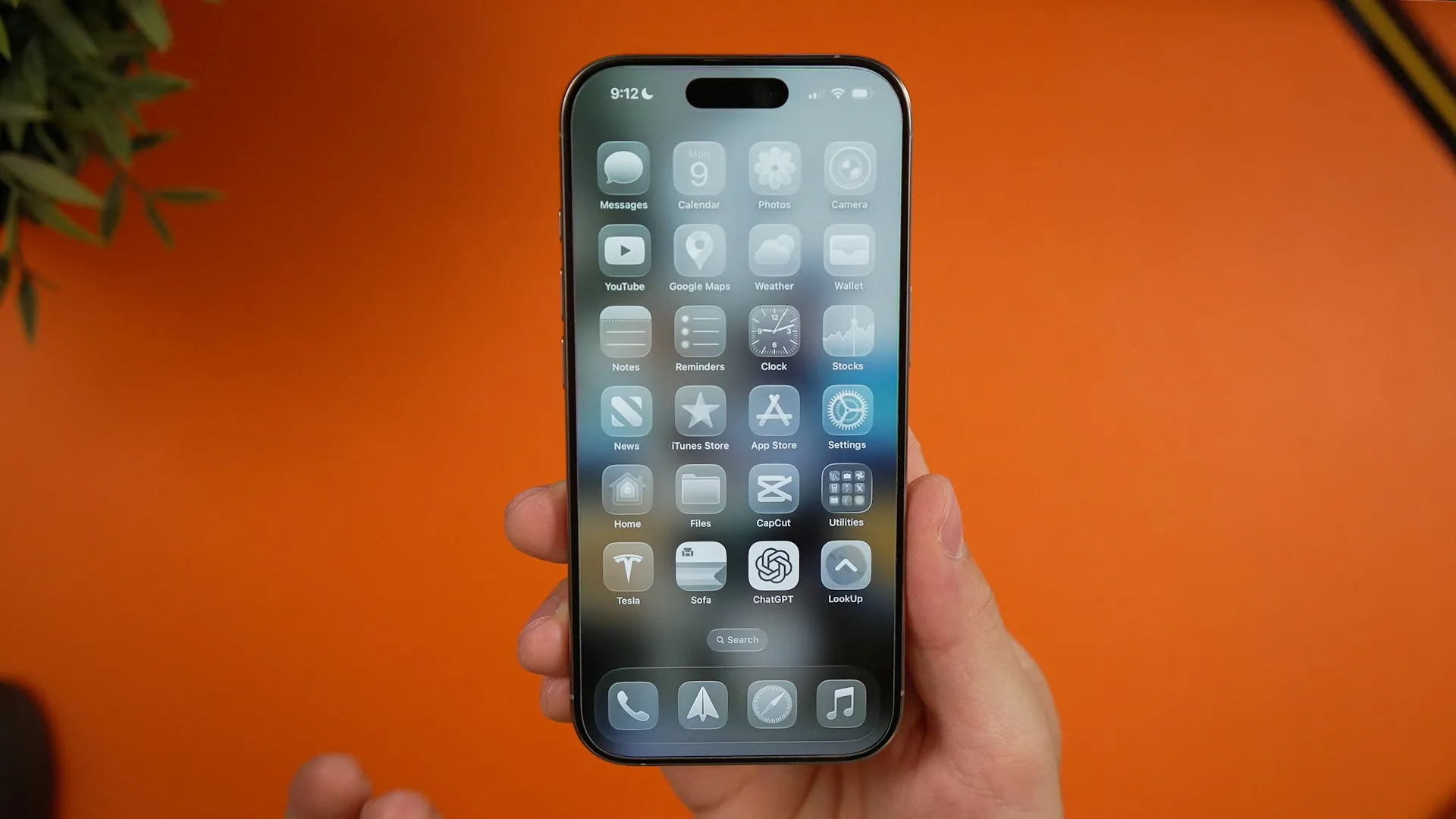
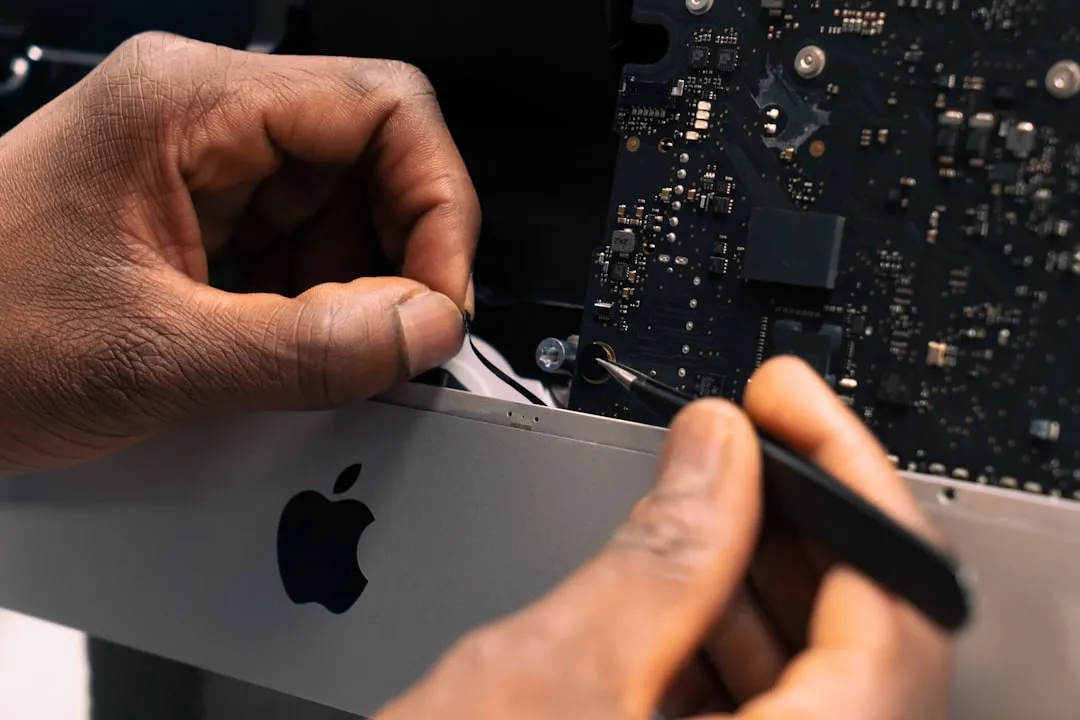



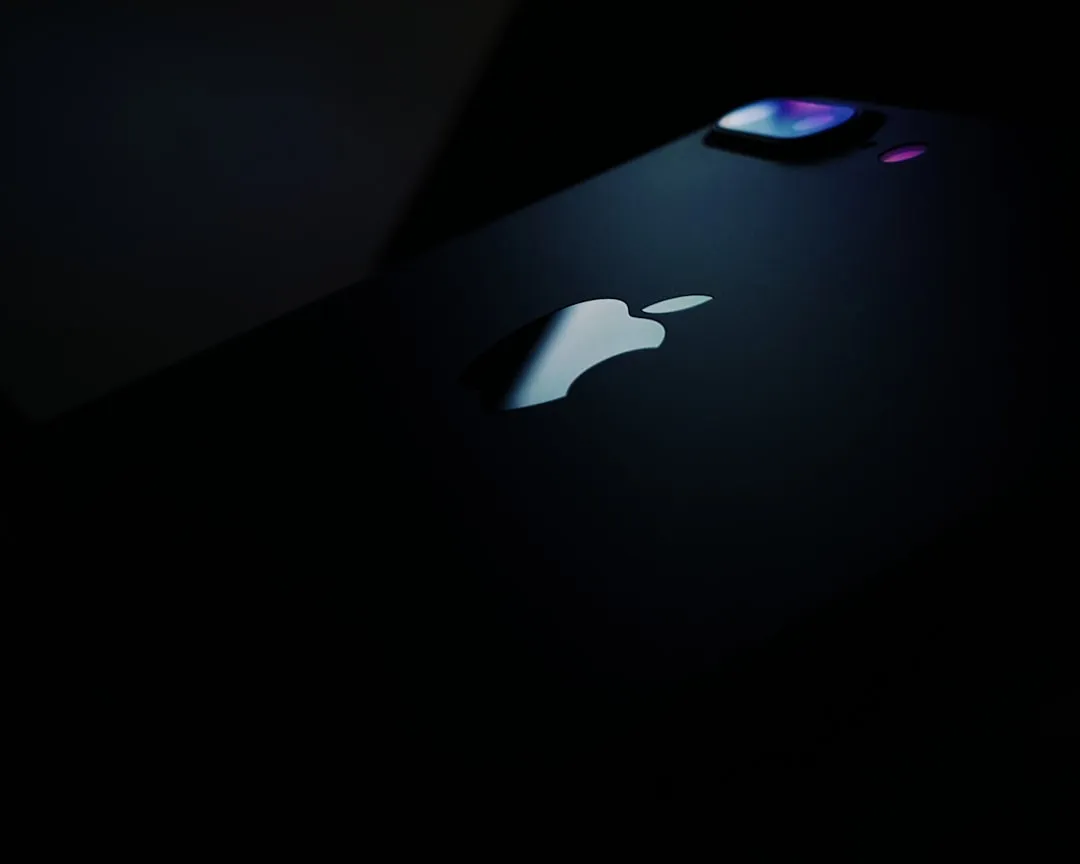
Comments
Be the first, drop a comment!